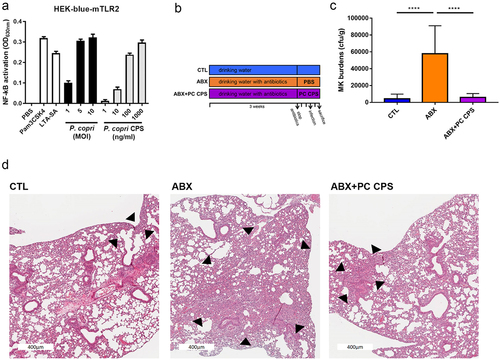Figures & data
Figure 1. Gut microbiota dysbiosis in NTM-LD patients.
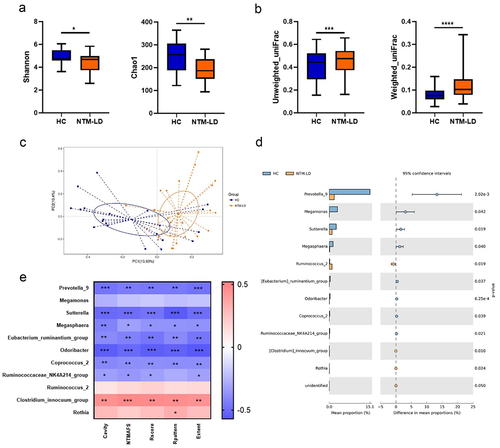
Figure 2. P. copri predominantly induce TLR2 pathway and NTM-LD patients had compromised TLR2 activation activity.
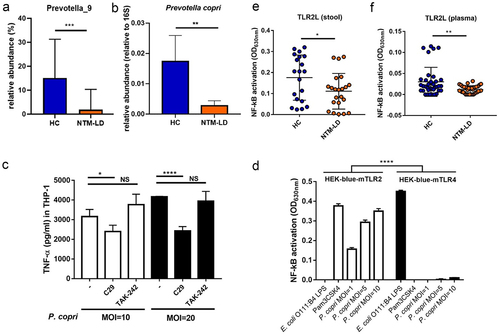
Figure 3. Gut microbiota dysbiosis and compromised TLR2 activation activity in mice receiving four antibiotics.
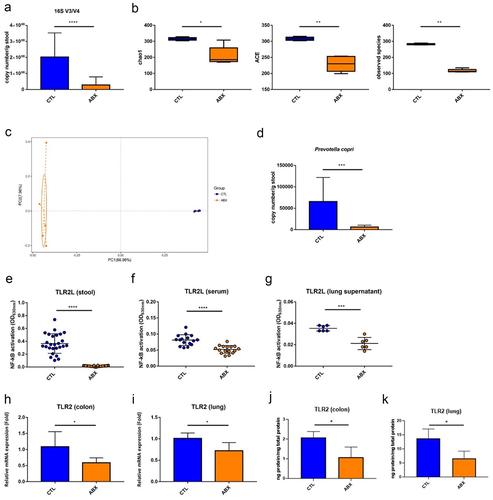
Figure 4. Transcriptomic analysis of lung tissues of ABX mice.
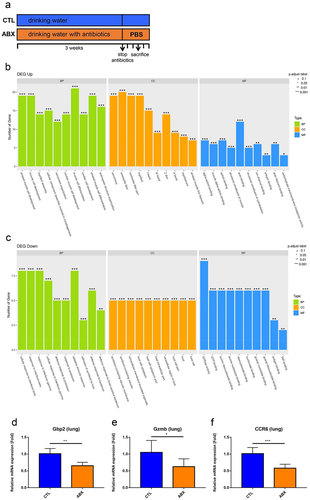
Figure 5. Administration of TLR2 agonist or treatment of P. copri restored immune response and ameliorated NTM-LD.
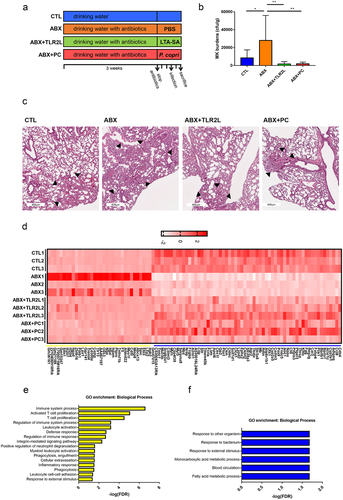
Figure 6. Administration of capsular polysaccharide of P. copri ameliorated NTM-LD.
